Today, nearly 20 million people have given up gluten because they have celiac disease or gluten sensitivity, but no one wants to give up pizza, bread, cake and all the wonderful foods of the past. And, hey, there's no need to give up anything... except the gluten.
When readers contact me at Living Without magazine, they are often feeling overwhelmed and longing for the foods they think they'll never have again. We sort through their concerns, and I always tell them to look at what they can have, not what they've left behind.
Then, we make a list of all the safe ingredients and add them to their toolbox. Before you know it, they are baking their way back to good health and good food. (Yes, they can be one and the same.) I can almost sense the happiness returning once they get started.
I've been there. I was diagnosed with celiac disease 35 years ago when there were no resources or foods. I went to culinary school to understand recipes and discovered that nearly every baking formula can be made over by replacing regular flour with gluten-free flour. The key is to maintain the original ratio of ingredients. Substitution is our mantra at Living Without, and it was the foundation for my recent cookbook, Gluten-Free Makeovers. I am the queen of substitution.
We are fortunate to have a wide range of gluten-free flours. But it's critical to understand the nuances in gluten-free flours, and which ones give you the best outcome with a particular type of baked good. For instance, amaranth, quinoa, millet, chickpea and gluten-free oat flour are rich in nutrients and high in protein. They add some elasticity to yeast breads and pizza, but each has a distinct taste. I wouldn't use any of these in delicate cookies and layer cakes. For those, I would choose rice flour and corn flour. They are neutral in flavor but have very little protein. Using low-protein flours in yeast breads might not give you the best texture and maximum rise.
I equate gluten-free baking with picking clothes. You wouldn't wear a cocktail dress bowling or jeans to a black tie affair. The same goes for choosing gluten-free flours.
Here are a few tips to help.
· Gluten is the protein that provides elasticity to baking.
· No single flour has all the properties of wheat flour.
· Use a blend of flours to recreate that texture and elasticity.
· An optimal blend is one that includes one or more gluten free flours, starches and gums.
· Not all blends are created equal (think: bowling vs. cocktail attire).
· For cookies and pastry that need a delicate crumb, neutral flours (rice, sorghum, or corn) are best.
· For pizza, yeast bread and pie crust that need more stretch, a blend should include one or more high protein flours -- amaranth, buckwheat, millet, quinoa, chickpea, or gluten-free oat flour.
· Use the following gauge to create a blend. One or two flours make up 70-75 percent of it; the remainder is starch (corn, arrowroot, tapioca, or potato).
· Xanthan gum, guar gum and agar powder play an important role in gluten-free baking. They keep dough moist, add structure and texture. But a little goes a long way. Use ½ teaspoon of gum per cup of flour for pastries and 1 teaspoon per cup of flour for yeast dough.
A special note on yeast breads: Gluten-free yeast breads defy everything we know about food chemistry. They are little more than batter, too sticky to touch and too delicate to punch down. One rise and straight into the oven they go.
Getting the maximum rise is a delicate balance of wet to dry. Too much liquid, and the yeast will poof way up only to collapse the moment the bread comes out of the oven, just like an overinflated piece of bubble gum. Too little liquid, and the bread will be dense with the texture of a doorstop.
To determine the correct balance of ingredients, look for a shiny and smooth textured dough that's the consistency of mashed potatoes with some strands of dough pulling away from the sides of the bowl as it beats.
Apply these basic principles, and delicious gluten-free baked goods will always be yours.
For more information on using gluten-free flours and creating blends, go to the Living Without website and check out some great recipes at livingwithout.com.
Beth Hillson is food editor at Living Without magazine, author of Gluten-Free Makeovers, and founder of Gluten-Free Pantry, one of the first gluten-free companies.
For more by Beth Hillson, click here.
For more on diet and nutrition, click here.